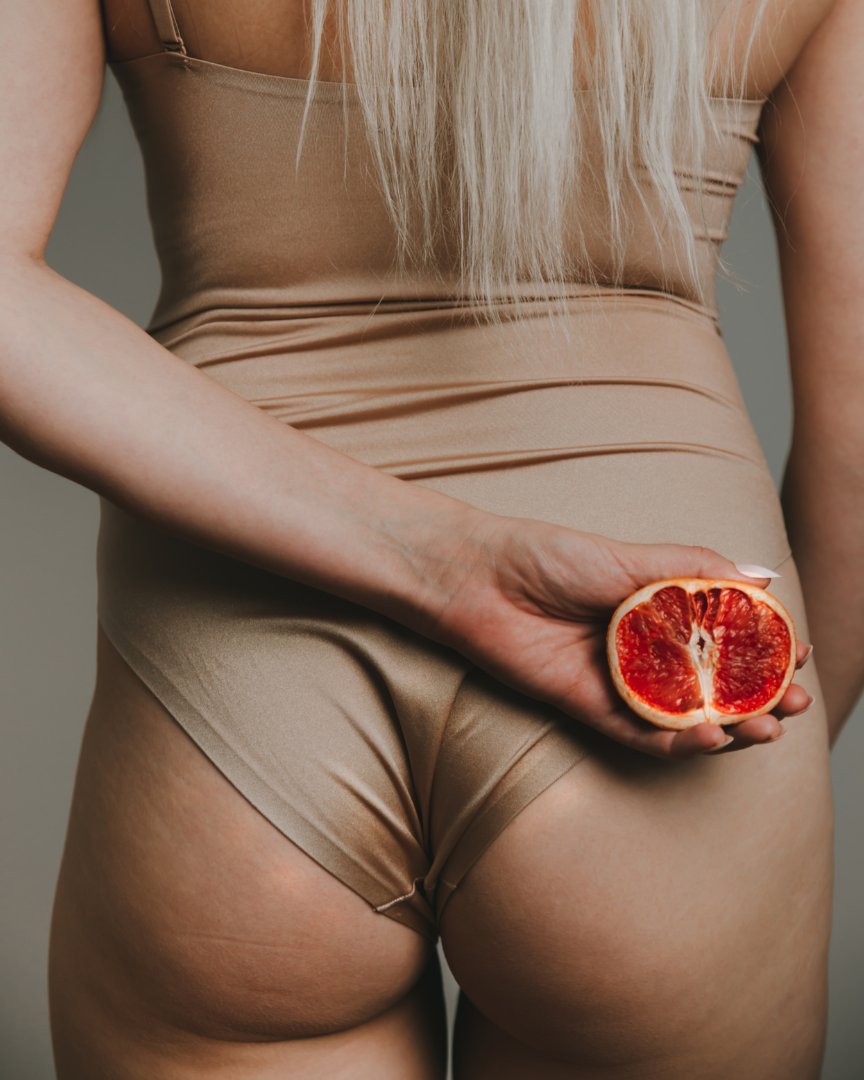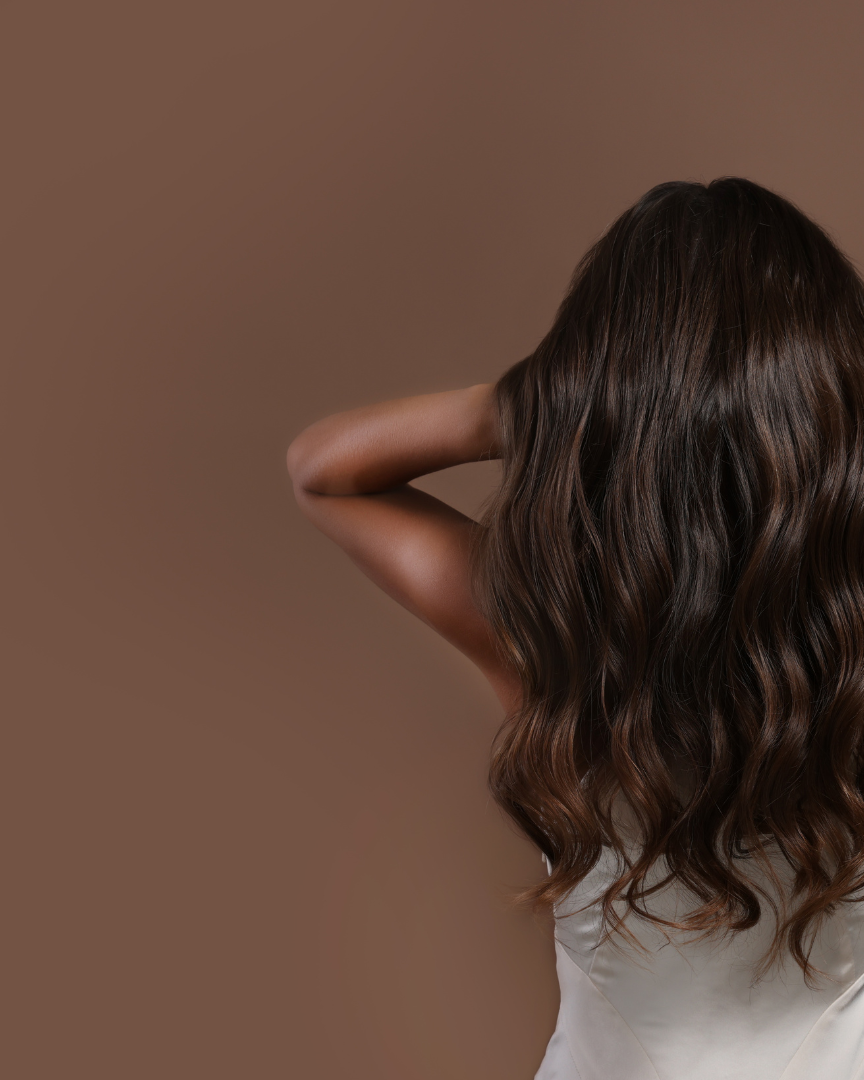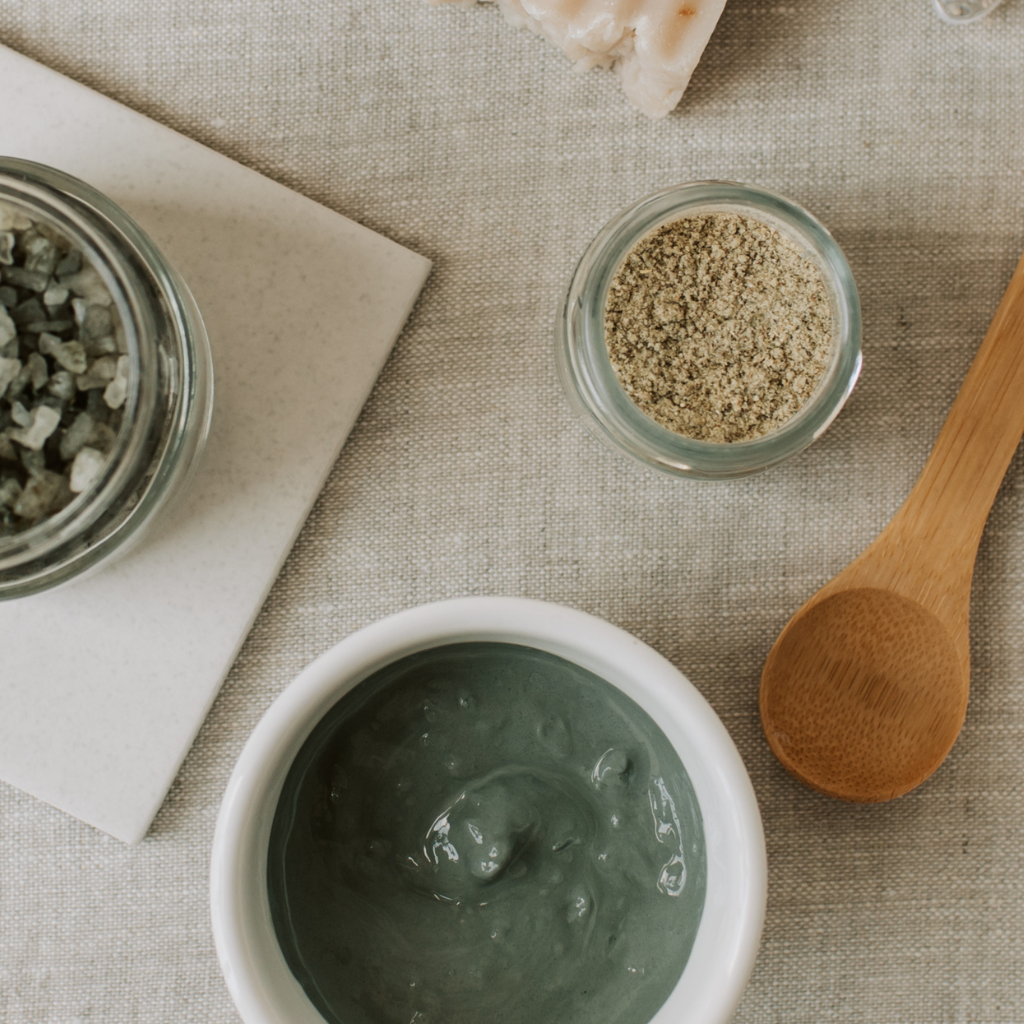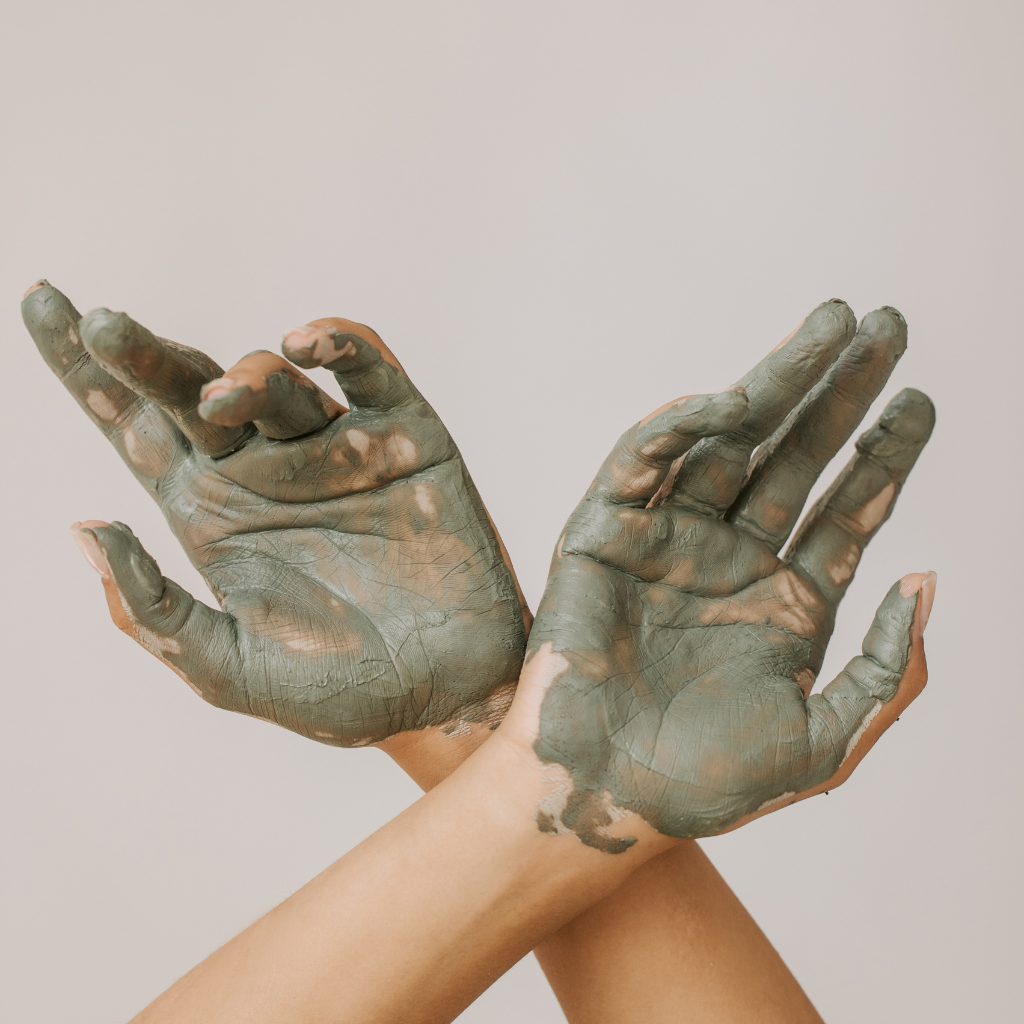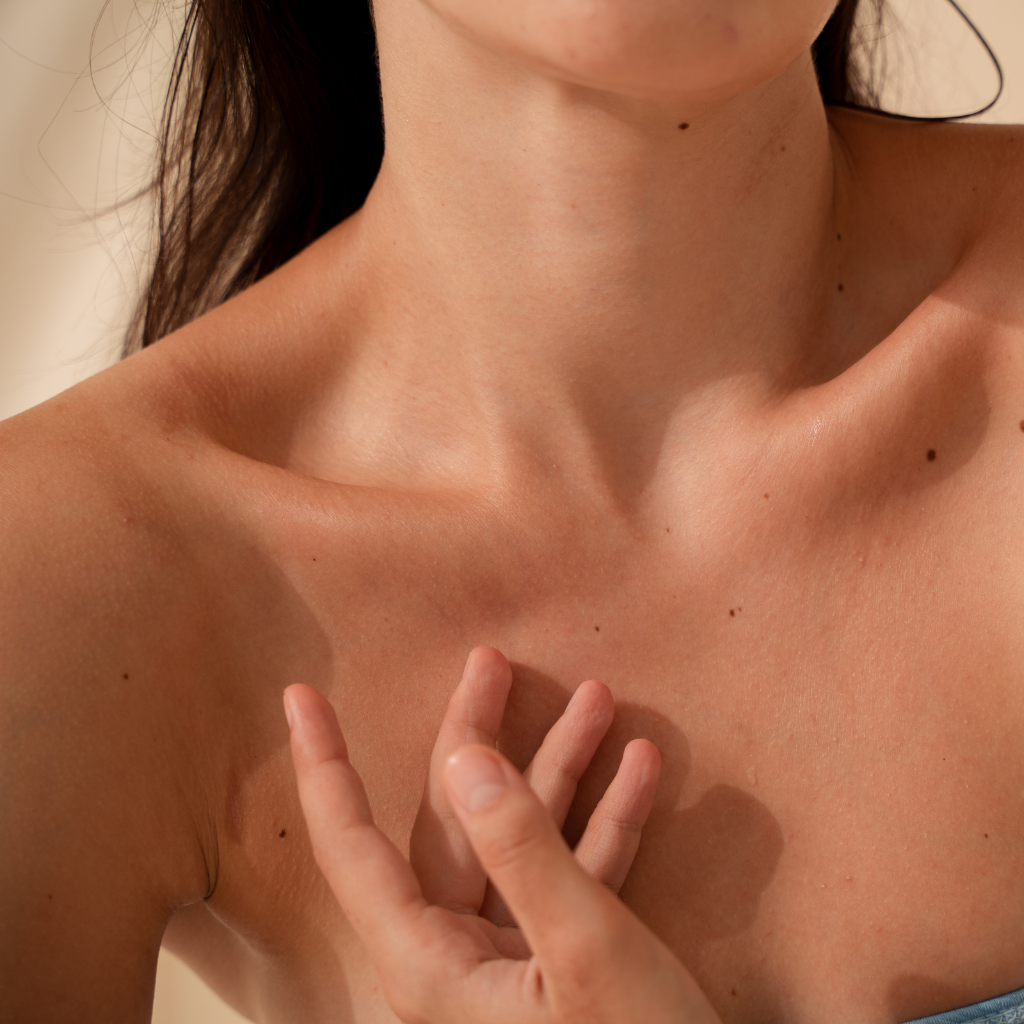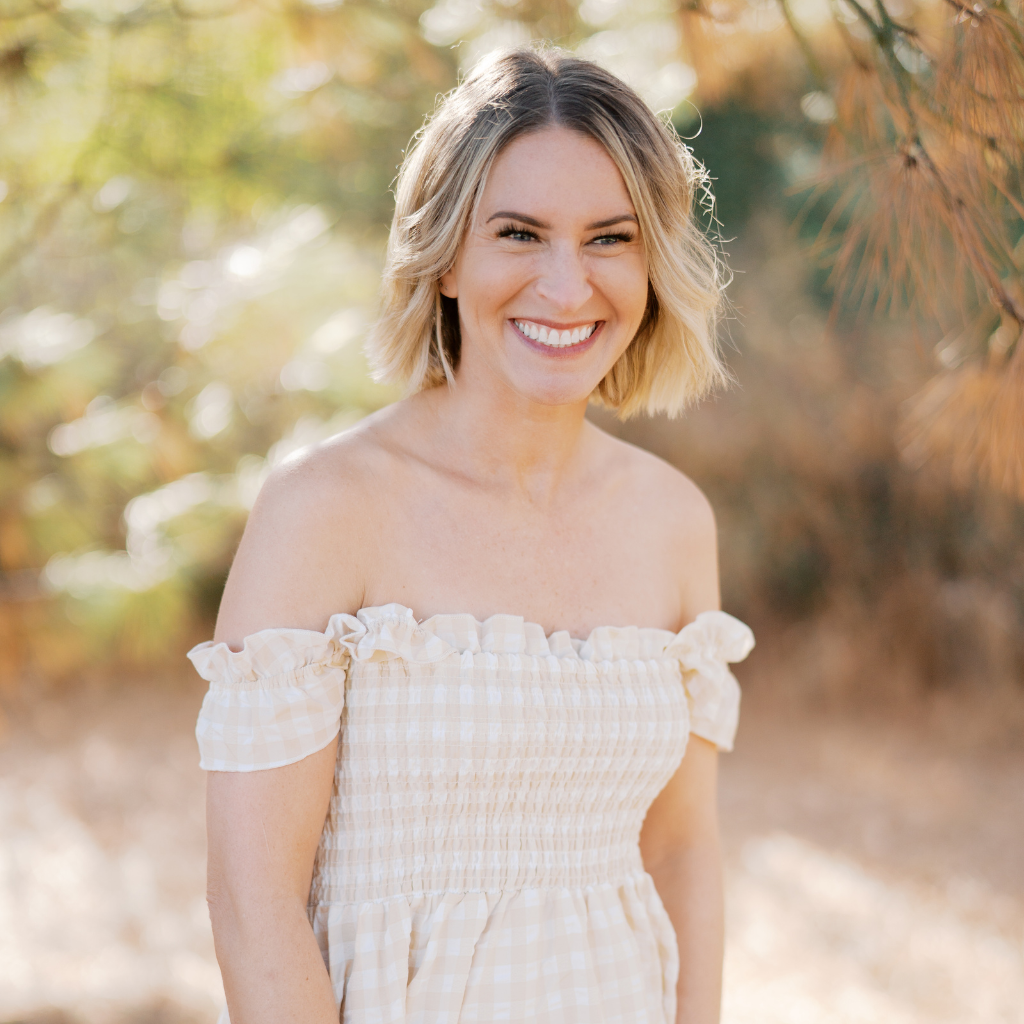If you consider yourself a spectacular chef (or just someone who enjoys cooking), you know that finding a good pan is key to making great quality food.
But it’s also no secret that the culinary market makes it a challenge to find that perfect pan. There are so many options and companies to choose from that it’s overwhelming.
To make it worse… All of these seem to have at least one downside—it’s too expensive, it won’t last long, it’s been made with harmful chemicals—that hit major deal breakers on your list.
As it turns out, your best option may be one of the oldest: cast iron.
Cast iron pans were first created in China over 2,000 years ago and are still widely used today. With its benefits for health, the environment, and how easy it is to use, it’s clear why this ancient pan still reigns supreme in our kitchen.

Its Long Life
Arguably one of the best traits about cast iron pans is that it lasts… as long as you’ll be around, probably!
There are many cast iron pans still around that are up to 200 years old, and you can find a couple of stories where the pans are passed down generations. Granted, this requires good upkeep (which we’ll go into later)—but the fact that it only requires minor maintenance to last so long is incredible for the environment.
Considering their vast shelf life, there is no need to buy multiple cheap pans that will eventually wear out and be thrown away; make your carbon footprint smaller by investing in a cast iron that will last you many meals to come.
(Pro tip: It also makes a great heritage piece to pass on to your children!)
No Nasty Ingredients
Nonstick pans were really a great invention… Until things got ugly.
Or: we found out what was in the pans were ugly all along.
In the 1940’s, the big name brand Teflon released a non-stick pan that was made with PFAS, a man-made chemical. It wasn’t until decades later—after people in close proximity to the factory were shown to have increased cancer risk—that it was finally considered dangerous.
By then it was too late, and many nonstick pans still have traces of PFAS in them. When you heat these pans to high temperatures, the PFAS particles are released into the air (and into your food) —making you extremely susceptible to ingesting them.
Luckily, that’s no reason you have to douse your veggies in tons of oil to prevent sticking.
Cast iron pans are naturally nonstick, and truly the OG that started it all. The more you "season" your pan, the sturdier the natural non-stick coating will be.
As far as the “particles” being emitted from them? The only ingredient the pan gives off is natural iron, which will fortify your food with the much needed nutrient to support healthy red blood cells.
Indeed, studies show that it can even treat anemia!
Easy to Clean and Season
Maybe you’ve watched a friend lovingly clean their cast iron… And it seems more like a performance piece than a simple task.
Or you’ve had a family member snatch their cast iron from your grasp, horrified that you just tried to clean it with soap and water.
It can be intense, the love we have for our pans. And it may seem like a mystical, weird ritual of cleaning that seems… Well, difficult and time consuming.
But the best part is: it’s really not.
To clean, simply wipe the still-warm pan with a clean reusable rag or sponge, getting rid of leftover residue. Run it under warm water, and scrub. The food just falls right off. Then heat it over a medium-low flame until all of the moisture is completely evaporated to prevent rusting.
That’s it! Easy, right?
You may be thinking that was not the cleaning process you’ve seen— and you’re probably right. To preserve your cast iron pans, it is recommended that you "season" the pan prior to first using it, and also occasionally after that.
Seasoning prevents your cast iron from rusting while also making a wonderfully natural non-stick finish. Once your pan is dry, add a small amount of cooking oil to the surface, and wipe the pan to coat the surface’s entirety, then stick it in the oven at 375 F for 1 hour. This won't need to be done every time you use it, only when you start to notice the natural non-stick layer wearing off.
The whole process takes a matter of minutes, and once you’ve had your own cast iron pan… We think you’ll see why we get so protective over their cleaning.
It Really Does Do (Almost) Everything
As you can tell, we can’t sing enough praises about cast iron pans. Besides being environmentally friendly, easy to use, and having a long lifetime…
It just works really well.
Cast iron can withstand high surrounding heat, so it is more than able to bake in the oven. Sautéing some tofu? No problem. Need to bake cornbread? Got you covered. Deep frying? We recommend using a cast iron dutch oven rather than a skillet—but yes. Get that batter ready and turn the flame to high. Cast iron is ready to be the hero in your chef story.
Since it is so versatile, many people choose to use it regularly instead of having kitchens cluttered with pans and appliances they use every once in a blue moon. We are all for living sustainably and minimally: why cause yourself the stress of having to ravage through your cupboards to find one pan when there’s one good pan that can be in your go-to for everything?
But most importantly: it cooks things wonderfully.

Because of the structure and heftiness of the pan, its ability to maintain heat for a long time makes it a perfect instrument to sear food. Moreover, it radiates the heat better than a standard steel. This makes it ideal for cooking hash, or a large quantity of food where crowding could be a problem.
So when we say we’ve made some of our best meals in a cast iron pan… Trust us.
We aren’t getting rid of ours any time soon.


